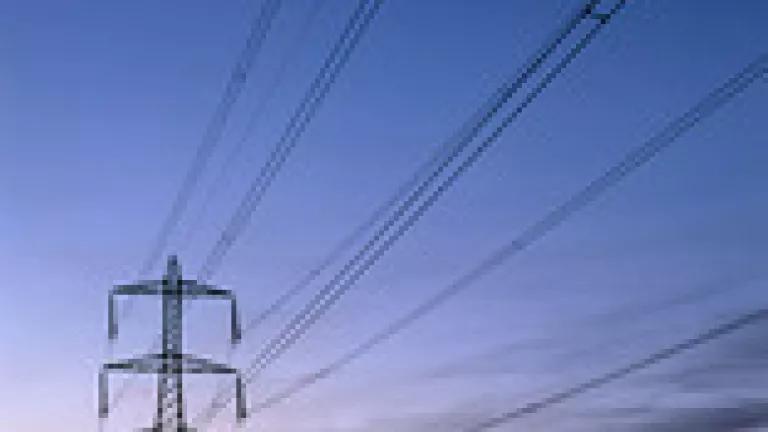
Does California’s climate and energy regulation need an overhaul? Are the state’s utility bills higher than those of its chief big-state competitors? Those are among the questions being considered by California’s “Little Hoover Commission,” an agency charged with finding ways to make government work better.
But as I told a recent hearing convened in Sacramento by the independent state oversight agency (and there is no “Gigantic Hoover Commission,” as far as I know), the answers emphatically are “No.”
The hearing also included representatives from California’s principal regulatory agencies, the California Business Roundtable (representing some of the state’s largest corporations), and several independent experts. The Roundtable spokesman complained that California’s climate and energy regulation is uncoordinated and makes energy costs too high, although he was also at pains to say his group didn’t propose repealing any legislation, including the state’s groundbreaking Climate Solutions Act, which then-Governor Arnold Schwarzenegger signed into law in 2006 and is on track to meet the goals of reducing carbon emissions back down to 1990 levels by 2020.
The best rebuttal to his concern about regulatory coordination came from the agencies themselves; they submitted compelling joint testimony and appeared together as a single panel of witnesses. That testimony reminded the audience that the benefits of California’s energy efficiency leadership far outstrip the costs, and rebutted claims that the state’s renewable energy gains were somehow making electricity services less affordable and reliable.
The bipartisan commission was left with no doubt that California’s air, utility, energy and transmission regulators are all on the same page, thanks in good part to active engagement by Governor Jerry Brown and his senior staff (a bipartisan tradition that also figured prominently in the Schwarzenegger administration).
California’s competitive advantage, thanks to efficiency
On the issue of California’s energy costs, I began my testimony by quoting a distinguished former California Energy Commissioner Arthur Rosenfeld, who was asked by a reporter back in 2006 to predict when the benefits from the state’s climate policy leadership would start showing up. “About 1975,” he replied.
Dr. Rosenfeld’s point was that longstanding emphasis on cost-effective energy efficiency across the California economy has created a statewide competitive advantage, which was aptly captured in the 2013 California Green Innovation Index:
“A state’s energy productivity can be illustrated in the total amount spent on electricity compared to the state’s total economic output. Money not spent on energy costs, whether by a household, business or public entity, can be invested in capital upgrades that boost productivity or can be invested in the creation of new jobs. California’s statewide electricity bill as a share of its GDP is significantly lower than states with comparable economies, population and geographic area . . . California’s state-wide electricity bill equated to 1.4 percent of the state’s GDP in 2011 . . . In comparison with other large states, the statewide electricity bill in Texas was 2.6 percent of GDP, while Florida’s bill equated 3.2 percent of GDP and New York’s bill was two percent of GDP in 2011.”
The source of California’s energy efficiency progress
All of California’s energy agencies contributed to this record, which confirms the enduring importance of a three-part efficiency policy that involves utility incentives, government energy-saving standards, and technology innovation to help us stretch our energy dollars by cutting energy waste. That efficiency progress has gone hand in hand with a renewable energy surge that has put California on track to meet and exceed the statutory goal of achieving 33 percent of our electricity supply from renewable sources like wind and solar (excluding large hydropower generation) by 2020.
And California’s advances have spurred nationwide progress in energy security and pollution reduction that was almost unimaginable a few decades ago. California’s insistence on continuous upgrades in vehicle and appliance efficiency helped ensure that U.S. energy productivity more than doubled between 1973 and 2012, allowed America to cut oil use over the past 40 years even as the economy tripled in size, and pushed the nation’s total 2012 energy use below the 1999 level, even though the economy grew by more than 25 percent from 1999-2012, adjusted for inflation. These and related trends were addressed in NRDC’s recent America’s (Amazingly) Good Energy News report.
There is plenty for the Little Hoover Commission to do to make California government work better, but I and many others left this hearing with strong reminders of much that California government does remarkably well. As a result of the state’s climate and energy policies, we have cleaner air, a stronger economy and improved energy security. The agencies and people responsible deserve thanks, not overhauls.
